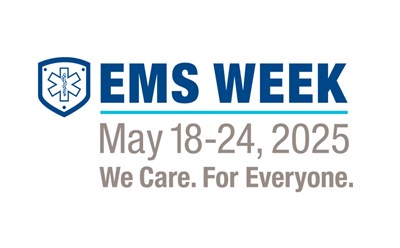WASHINGTON, D.C.—A pelvic exam does not improve a physician’s ability to diagnose certain sexually transmitted diseases (STDs) in adolescent female patients. That is chief among several reasons why the exam’s “routine performance should be reconsidered,” according to new research in Annals of Emergency Medicine.
“Sexually transmitted disease rates for adolescent women are reaching their highest recorded rate,” said Cena Tejani, MD, pediatric emergency physician with Newark Beth Israel Medical Center and lead study author. “Pelvic exams lack reliability and provide very little new information when compared with other methods of diagnosis. A closer review of STD diagnosis protocol could benefit the health and well-being of adolescent women all over the country.”
Among 288 patients in an observational analysis, pelvic exam results did not change the clinician’s decision to treat a large majority (217 of the cases) with antibiotics. There were 79 patients with chlamydia, gonorrhea or trichomonas vaginal infections, according to positive urinalyses. The pelvic exam information did influence the case management in 71 instances, 35 of which correlated with the STD tests while 36 did not. The pelvic exam information did not consistently help the physicians better identify whether the patient was STD positive or negative, the study found.
The study, “The Additive Value of Pelvic Exams to History in Predicating Sexually Transmitted Infections for Adolescent Females with Suspected Cervicitis or Pelvic Inflammatory Disease,” confirmed that pelvic exams do not increase the sensitivity or specificity of diagnosis.
Practitioners may choose to perform pelvic exams, because urine test results are not immediately available, the study authors note. Current guidelines from the Centers for Disease Control and Prevention suggest using a combination of history and physical exams, and to treat empirically based on clinical findings derived largely from pelvic examinations.
However, patients are less likely to return for follow-up appointments if they learn that a pelvic exam is part of the evaluation, according to other research cited in the study. And, the study notes that adolescents are more likely to participate in STD surveillance programs if samples are self-collected.
The study involved 288 female patients ages 14 to 20 at an urban pediatric emergency department. In 2016, there were more than 1.5 million chlamydia cases and more than 400,000 gonorrhea cases reported in the United States, a record high. Females ages 15 to 24 account for nearly two-thirds of chlamydia and half of gonorrhea diagnoses.
Patients with these infections are more likely to become infertile, have ectopic pregnancies, have dysfunctional uterine bleeding, suffer chronic pelvic pain and develop HIV infection.
“Patients that receive pelvic exams may sometimes be unaccompanied minors, and sexual health — especially for an adolescent girl — can be a very sensitive topic,” said Dr. Tejani. “As physicians, it is important to be aware of the limitations of pelvic exam data and the impact that these invasive procedures have on some patients.
“Rapid urine STD testing provides a more accurate less invasive way to diagnose these diseases. Hospitals should strongly consider purchasing these tests to better evaluate young women with STDs,” said Dr. Tejani.
 American College of Emergency Physicians
American College of Emergency Physicians







